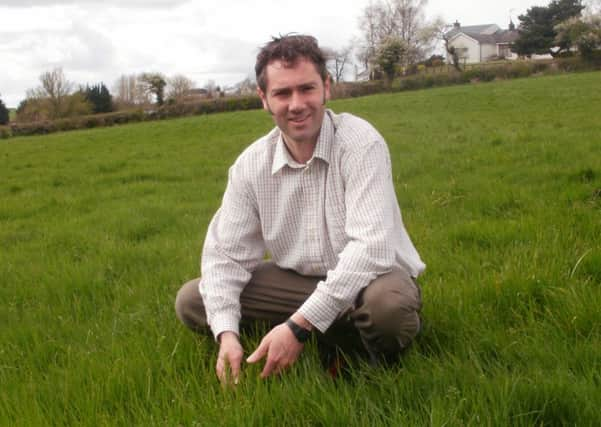SARA at grass '“ myth or reality?


“SARA is a risk at grass and can cause reduced digestion and performance, milk fat depression and, longer-term, issues such as lameness,” says Cargill’s ruminant specialist Philip Ingram, who encourages producers to be aware of this as turnout approaches for many.
“It’s a condition most commonly associated with cows receiving high levels of concentrate feed because the overriding view is that dealing with fibre is the natural forte of the ruminant. But it’s not confined to concentrate-fed cows and it can be a real threat to grazing animals.”
Advertisement
Hide AdAdvertisement
Hide AdBecause grazed grass is the most cost effective feed in most regions, often with the lowest cost per unit dry matter and a highly digestible and nutritious profile, maximising its use in the diet without dropping intakes or production will increase income over feed cost (IOFC). This is a timely challenge – both given the season and the current low milk prices. But it can present metabolic issues.
“So addressing SARA in some grazing herds is vital,” says Dr Ingram. “Offering forage supplementation with a higher degree of effective fibre such as wholecrop silages, can be extremely effective. However, this inevitably reduces grazing intake and success very much depends on the uptake of these feeds. So the outcome of this strategy is highly dependent on timing and presentation.”
He suggests adding a rumen buffer to the concentrate or buffer feed to help increase rumen pH as well as milk fat content and production per head per day. “Take the rumen buffer Equaliser, for example, which is more than two and half times stronger than sodium bicarbonate and is effective for longer. It can help to maintain butterfat levels - in trials the addition of Equaliser increased milk fat by 0.53% in SARA-challenged cows.
“Producers are striving to maximise home grown forages but we’re encouraging them to improve feed efficiency and be aware of the challenges, such as SARA, and be prepared in how to deal with them.”